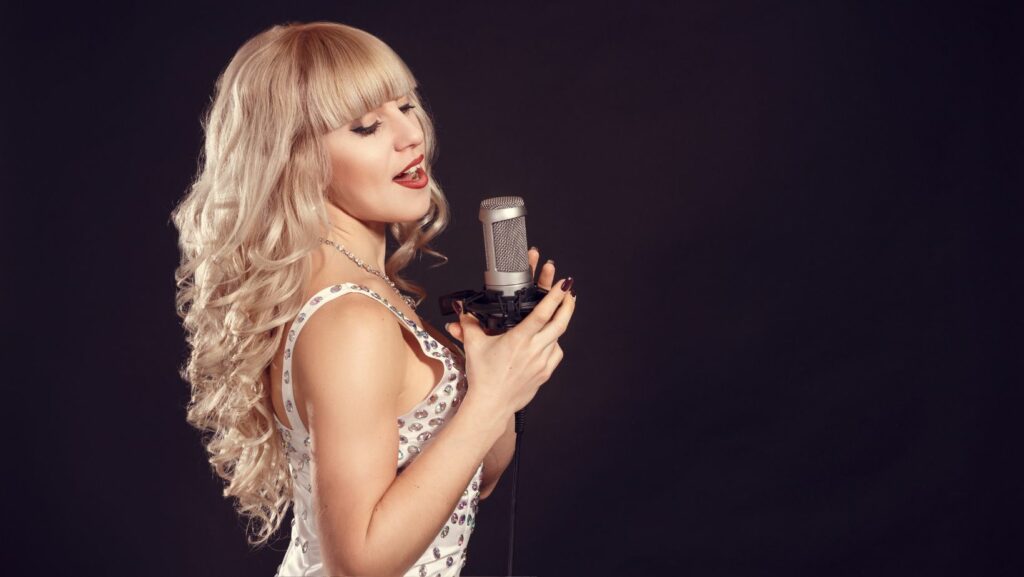In today’s dynamic music industry, collaboration is a powerful tool for artists aiming to expand their creative horizons and reach new audiences. Whether blending genres or combining unique talents, working with others can elevate projects and introduce fresh perspectives. However, navigating the complexities of collaboration requires strategic approaches.
Understanding effective collaboration goes beyond musical compatibility; it hinges on clear communication, mutual respect, and a shared vision. Artists must find common ground while allowing individuality to shine through. From initial contact to final production, every step is crucial for creating a harmonious partnership. By exploring the nuances of successful collaborations, artists can unlock new opportunities and foster lasting relationships, enhancing creativity and delivering innovative musical experiences.
How to Collaborate with Music Artists

Collaboration involves several stages, starting with identifying potential partners. Focus on artists who share similar creative goals and styles, often found through networking events and social media platforms. After identifying partners, clear communication becomes essential. Discuss project scope, timelines, and artistic visions to ensure alignment. Tools like emails, video calls, and project management software facilitate this clarity.
The planning phase includes drafting agreements that outline each participant’s roles, contributions, and revenue shares, preventing misunderstandings and protecting all parties. Legal assistance may be necessary to create formal contracts that cover all aspects comprehensively.
The creative session is where the magic happens. Whether in-studio or virtual, a conducive atmosphere fosters creativity and innovation. Sharing ideas and providing constructive feedback in a respectful manner lead to productive outcomes. Finally, during the review and finalization stage, participants assess the music created, make adjustments, and ensure alignment with the initial vision. High-quality production and mastering are essential for delivering the final product.
Finding the Right Music Artists

Identifying compatible artists begins with understanding the collaborative project’s vision, aligning on musical style, creative goals, and target audience. Platforms like SoundCloud, Bandcamp, and Spotify can reveal musicians with similar sounds. Networking at music events, industry conferences, and workshops also helps connect with potential collaborators. Social media platforms like Instagram and TikTok offer additional opportunities for engagement and exploration of artists’ work.
Artist databases and communities like Music Gateway and Kompoz allow users to search for artists by genre, location, and skill set, often providing profiles detailing past projects. Evaluation is crucial when selecting partners—listening to their back catalogs and analyzing previous collaborations can clarify compatibility.
Trust plays a significant role in artist selection. Successful collaborations rely on mutual respect and shared professional ethics. Ensuring potential partners exhibit these qualities lays the foundation for a productive working relationship.
Approaching Music Artists
Reaching out to music artists is key to establishing successful collaborations. Artists should showcase genuine interest in the other’s work, thoroughly researching their style and past projects to foster a meaningful connection. Crafting a compelling initial message is essential; introduce yourself, outline your vision, and highlight similarities in artistic goals.
Choosing the right communication platform matters, whether through professional emails or casual social media interactions. Respectful and concise messages are crucial for a positive reception. Following up requires patience; respecting the other artist’s time and creative process allows the collaboration to develop organically.
Negotiating Collaboration Terms

Defining clear collaboration terms is vital for a successful partnership. Establish detailed agreements covering roles, responsibilities, and revenue shares to avoid misunderstandings. Setting timelines ensures alignment on project milestones, while intellectual property rights protect contributions. Confidentiality agreements safeguard the integrity of the collaboration.
Legal documentation is essential for professionalism. Using standard contract templates and seeking legal consultation ensures clarity and understanding of commitments, reinforcing collaboration success and fostering long-term relationships.
Working Effectively with Artists
Effective collaboration requires communication, respect, and adaptability. Clear dialogue fosters understanding and aligns project goals. Respecting each artist’s unique contributions creates a positive atmosphere. Flexibility is crucial, as creative projects often require adjustments.
Mutual trust builds long-lasting partnerships, encouraging artists to share creative risks freely. Establishing structured workflows through project management tools helps maintain progress and accountability.
Finally, celebrating achievements together reinforces team spirit and recognizes collective effort, cultivating motivation for future projects. Overcoming challenges in collaboration leads to rewarding creative partnerships built on trust, shared vision, and mutual growth, paving the way for groundbreaking musical experiences and enduring industry relationships.

